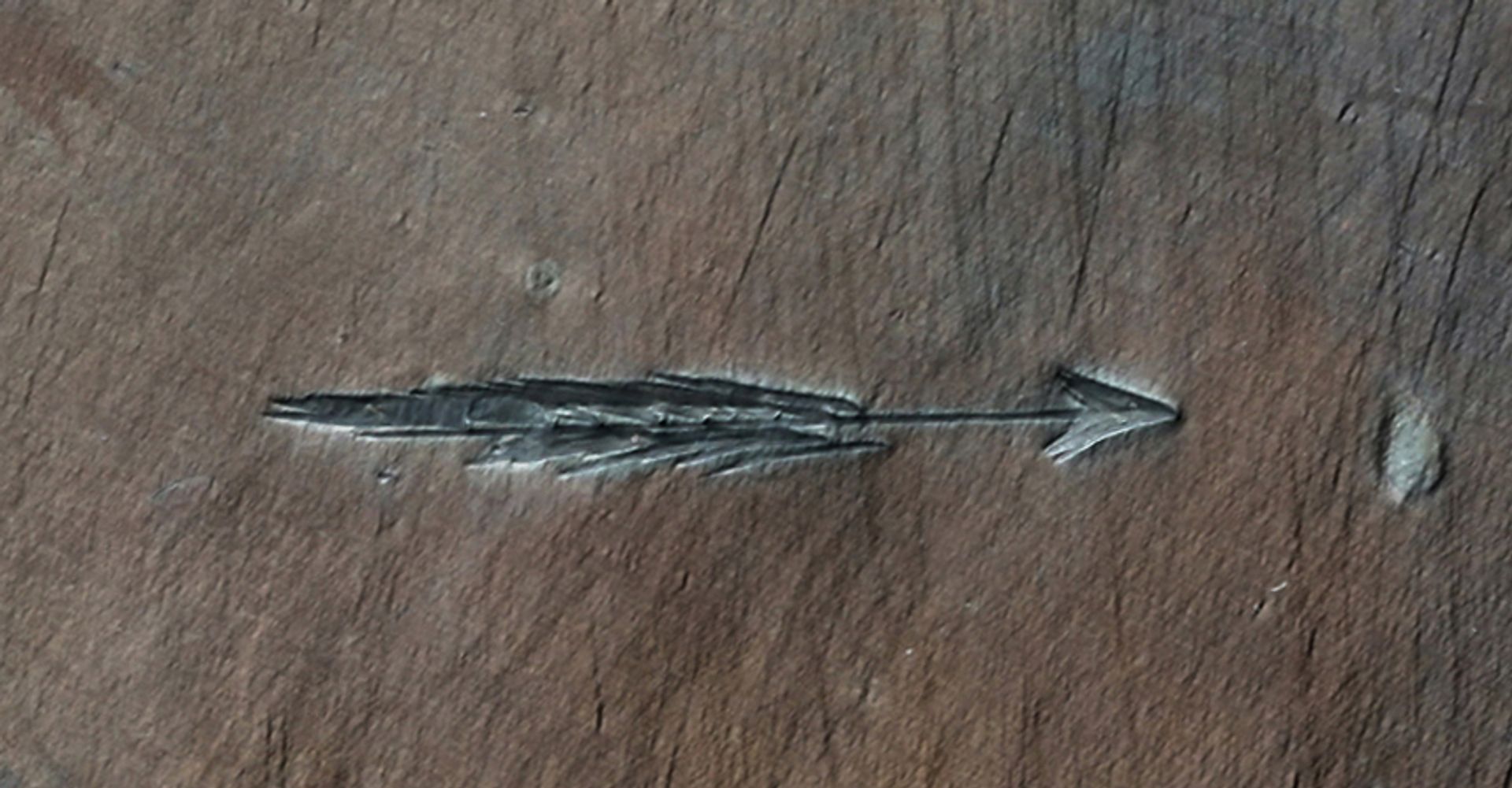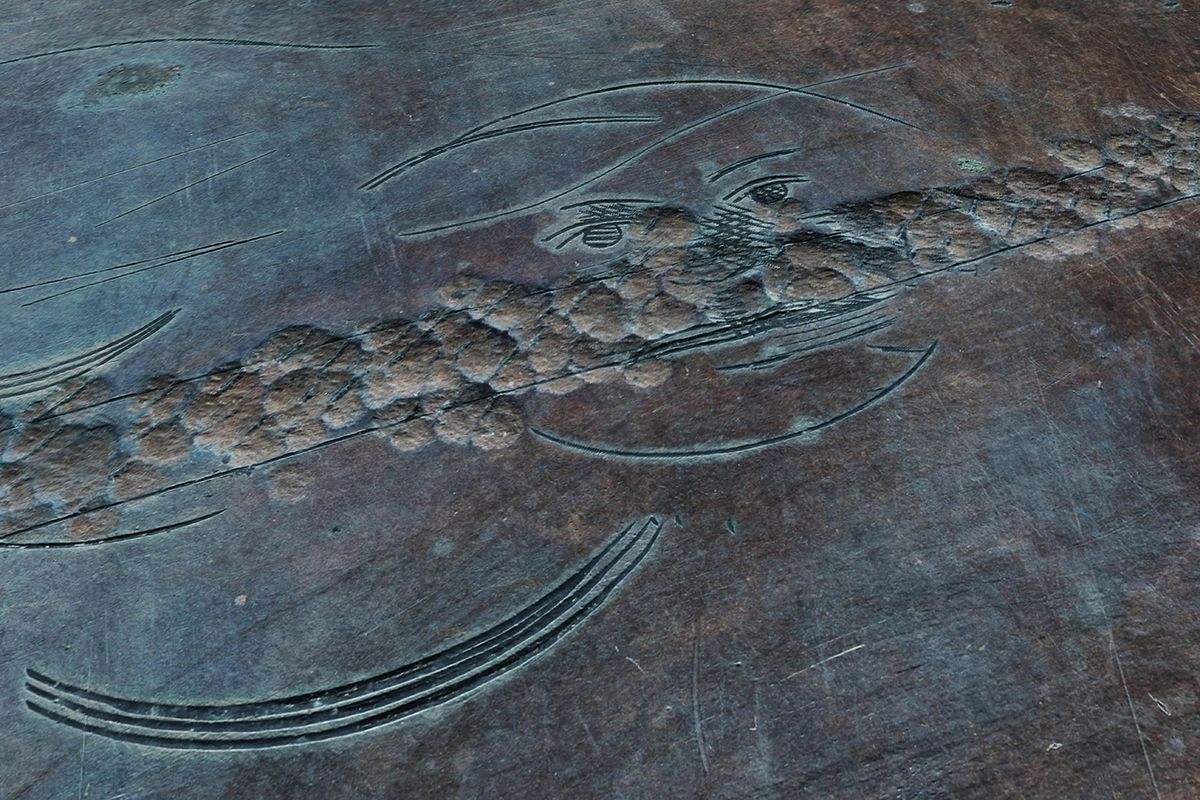Some bobbly engraved lines and a half finished doodle of a face, both discovered on the reverse side of 18th century printing plates, are now thought to be the earliest experiments by a teenaged William Blake. The marks, many invisible to the naked eye, demonstrate the artist, poet and philosopher learning the trade which would make him world famous, if never rich.
The copperplates, which have been in the Bodleian Libraries collections at the University of Oxford for more than two centuries, have recently been studied for the first time using the libraries’ ARCHiOx technology, created in partnership with the Factum Foundation. When surfaces are scanned at a resolution of over a million pixels to the square inch, the process can reveal previously unknown details.
“These doodles reveal personal, intimate moments not intended to be seen by anyone except the artist,” says Mark Crosby, associate professor of literature at Kansas State University and a fellow of the Society of Antiquaries. “For the first time since they were made we can now see the practice work and doodling of the young apprentice responsible for, among other things, the tiny visionary face that emerges from the copperplate to return our gaze across the centuries.”
Crosby has been researching the history of the plates in the Bodleian archives, as well as revealing their hidden detail through the scanning. He believes the evidence that the reverse sides are the work of Blake is compelling—giving new insight into his artistic and technical development at the very start of his career.

Some designs, including short shafted arrows, occur in Blake’s later work
Courtesy of the Bodleian Libraries
Originally made to print illustrations for the antiquarian Richard Gough’s self published opus Sepulchral Monuments in Great Britain, the plates were created in the workshop of James Basie. At the time Basie had only two apprentice engravers—one of them William Blake, who began working there at 15 years old in 1772, and stayed for seven years.
The engravings attributed to Blake include hatching, cross hatching, motifs and curves made with burins and dry point compasses, practice pieces by an apprentice learning the house style. However some are distinctly more Blakeian, including short shafted arrows—a motif which occurs in Blake’s later work, including his famous paintings for his singular version of Milton’s Paradise Lost. The scans also revealed most of a human face—lips, eyes and part of a nose —previously completely invisible to the naked eye.
Gough had commissioned the engravings for his book to illustrate some of the most significant medieval tombs, including the royal monuments in Westminster Abbey. The plates were bequeathed to the Bodleian when he died in 1809.


